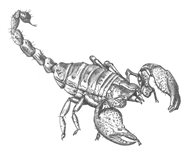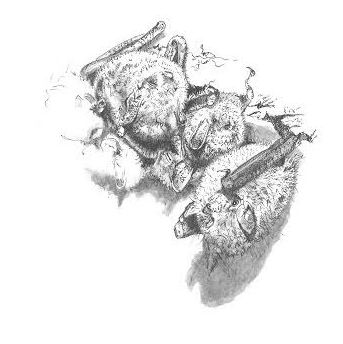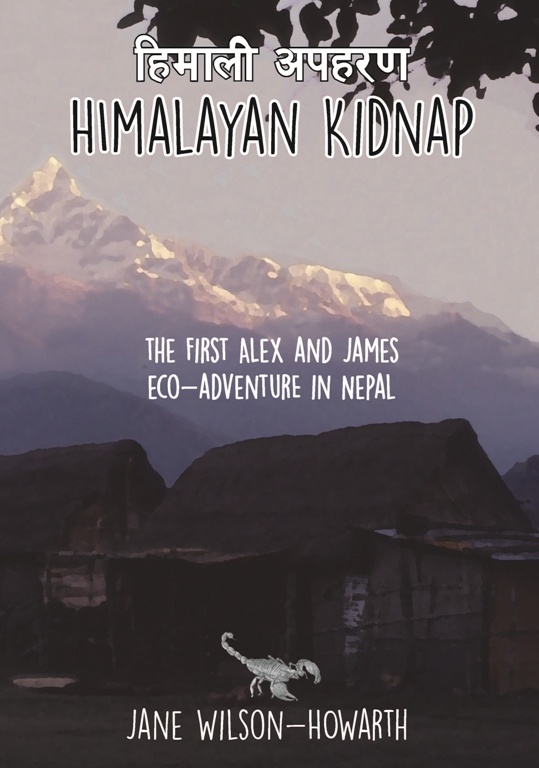I seem to have a fan. She claimed she bought my book,
Himalayan Kidnap, which is suitable for 8 – 12y olds, to check it out for her grandsons. But she couldn’t put it down, and wants to know what happens to the family next. I wasn't going to let any spoilers out of the bag though I thought 'How excellent!' It is so rewarding to have such enthusiastic feedback. Let’s hope the rest of her family enjoy the adventure as much.
We are trying not to keep readers waiting for the next part of the adventure. The next book. It is completely written and now we have to decide what pictures Betty Levene will draw and which will work best in it; then there is some editing and proof reading to be done. It all takes time. The second adventure should be out in the spring and a third eco-adventure – set in Madagascar – is also drafted. Coming soon… as they say.

Meanwhile my fan asked, ‘Is any of it true?’
Now that’s an interesting question!
When I set out to write
Himalayan Kidnap I wanted to create an adventure that was possible: something very different to Harry Potter and vampires. I love a believable tale and wanted to avoid magic and fantasy. When I started writing, I envisaged a fast-paced romp through Kiplingesque jungles and high Himals with lots of wildlife encounters but as I was swept up in the story I realised that if I was to weave a possible tale I should also include some intriguing mentions of the supernatural stuff that Nepalis believe in. I felt tempted at times to stray from my first simple ambition to keep things real because many Nepalis believe in spirits and the Evil Eye and
karma and ghosts. There is even a word,
murkatta, in the Nepali language for a headless ghost: that was the name of a hamlet close to where we lived in the lowlands of Nepal. People say ghosts that carried their heads under their arms roamed there. But how far from realism could I, should I wander? I decided not far.
But my fan’s original question was, ‘Is any of it true?’
I can say that so far I’ve never been kidnapped nor have any of my family (thank goodness), but we have lived in places where kidnap is not uncommon. It was a possibility and remains a possibility when we travel, especially as S is an expert in ‘fragile states’. When we lived in Pakistan, a Japanese explorer who set out to canoe down the Indus River was held to ransom and that set me thinking about what that would be like. I contemplated going off exploring the country by bus, but then saw sense, given my eldest son was six months old at the time.
During the writing process, I worked lots of animals into the story and I have met pretty much every species mentioned in the two Himalayan adventures. When we lived in Nepal as a family S’s work was three-quarters time. Rather than base himself in the UK and spend three quarters of the year away from his family – as most consultants would have done – S decided to stay in Nepal full-time, and we went trekking a great deal. We saw a lot of animals, either on trek or in our little garden on Rajapur Island, just across the river from the Royal Bardiya National Park where live tigers, elephants, rhino, two kinds of crocodile, river dolphins, python, langurs, rhesus monkeys and a host of wonderful birds and invertebrates. The animals then are true enough.
So what about the scenes in the cave? I used to be a keen caver and I have been lost underground, but not often. My biggest caving mistake was in a cave system at Chobhar in the Kathmandu Valley. It looked easy enough to navigate as we entered a network of tunnels, but when we turned around to navigate back to the surface there were endless choices. Many of the passages seemed to be arranged in a herringbone pattern so what had seemed straightforward enough on the way in, left us hopelessly lost and confused on the way out. After four hours, our lights failed. At one point – just like in the book – I realised we were very close to the surface. I could hear birds and smell grass but the link to the outside world was tiny and we couldn’t get out that way.

As in the book, I’ve squeezed through passages so low that one ear is stuck in the mud of the cave floor and the other is scraping along the roof so I’ve used that experience to tell it like it is – crazily scary. And I’ve certainly been frightened quite a lot – in caves (I’ve done some cave-diving), on rockfaces and in many other outdoorsy situations. I hope I’ve been able to communicate how it can feel to be in danger.
In case you are wondering, I'm not a ghost or reincarnation (as far as I know). I did survive getting lost in the Nepali cave. In real life, my friend and I were rescued – after 13 hours – by a lovely local tea-shop owner. But if you want to discover how the two brothers in Himalayan Kidnap ended up lost in a cave and how they escaped, then I won’t offer any spoilers here.
So the answer to the question is – I hope it all rings true in the book. It is all possible. All the animal details are authentic too but it remains an interesting question, memory being so unreliable and malleable. Most of us do want to know how much of any story is true, but I wonder how important the distinction between fact and fiction really is? The most important thing is to have a good enjoyable story, isn’t it?
